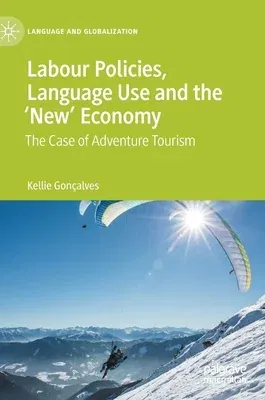Kellie Gonçalves
(Author)Labour Policies, Language Use and the 'New' Economy: The Case of Adventure Tourism (2020)Hardcover - 2020, 10 September 2020

Qty
1
Turbo
Ships in 2 - 3 days
In Stock
Free Delivery
Cash on Delivery
15 Days
Free Returns
Secure Checkout

Part of Series
Language and Globalization
Print Length
277 pages
Language
English
Publisher
Palgrave MacMillan
Date Published
10 Sep 2020
ISBN-10
3030487040
ISBN-13
9783030487041
Description
Product Details
Author:
Book Edition:
2020
Book Format:
Hardcover
Country of Origin:
NL
Date Published:
10 September 2020
Dimensions:
21.01 x
14.81 x
1.75 cm
ISBN-10:
3030487040
ISBN-13:
9783030487041
Language:
English
Location:
Cham
Pages:
277
Publisher:
Series:
Weight:
503.49 gm